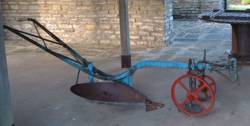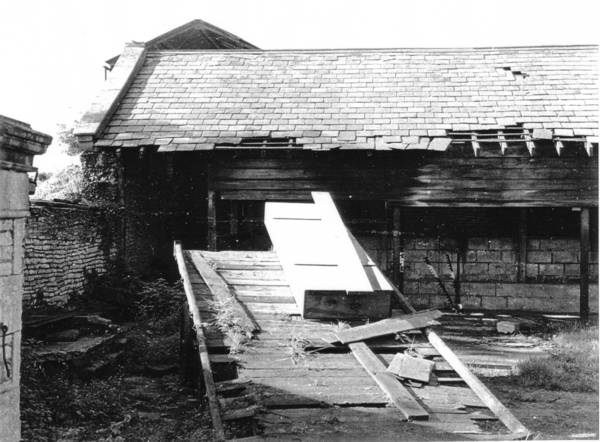 HISTORY OF STOKE GIFFORD
HISTORY OF STOKE GIFFORD
Edited by Adrian Kerton
Wallscourt Farm The Farm Buildings
Adrian Kerton
Note: To get larger images, right click on images to copy them, save them and then open in a picture editor.
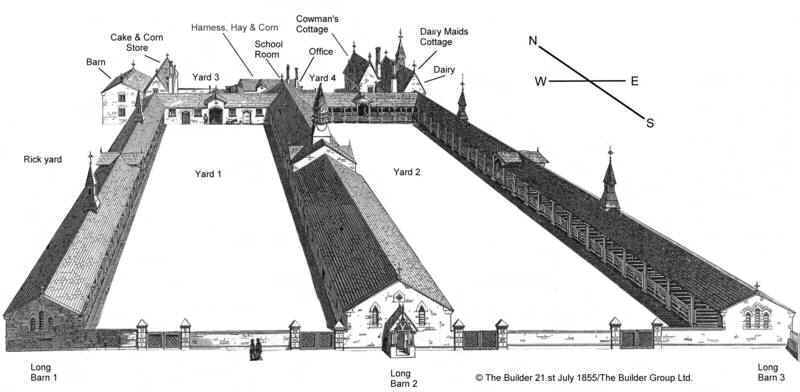
VIEWS ACROSS FIELDS

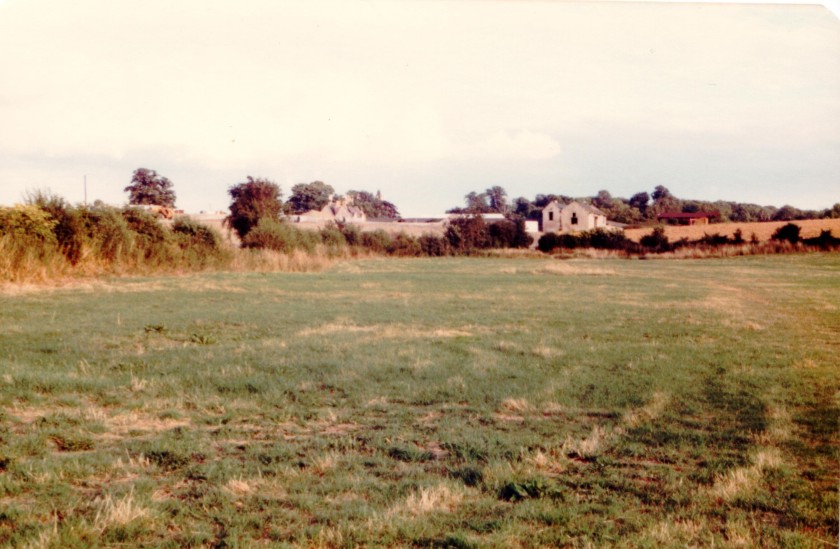
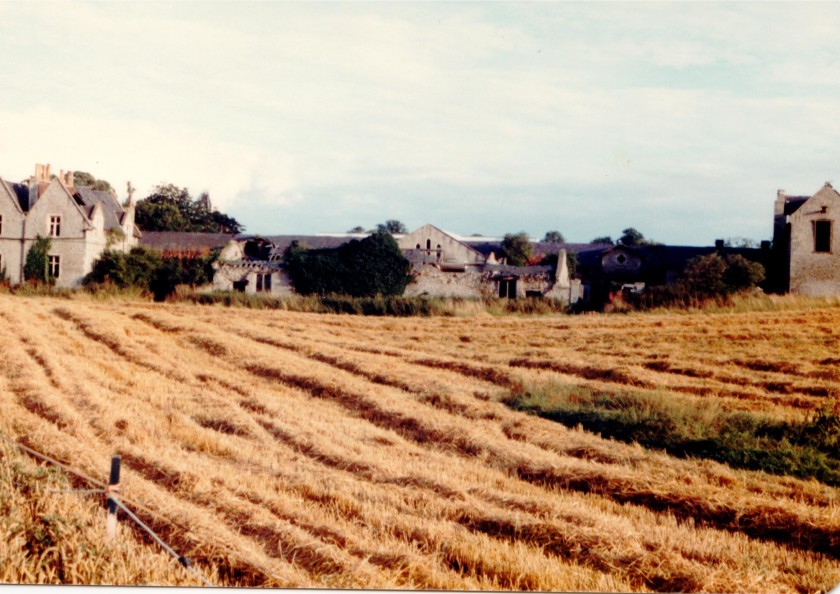
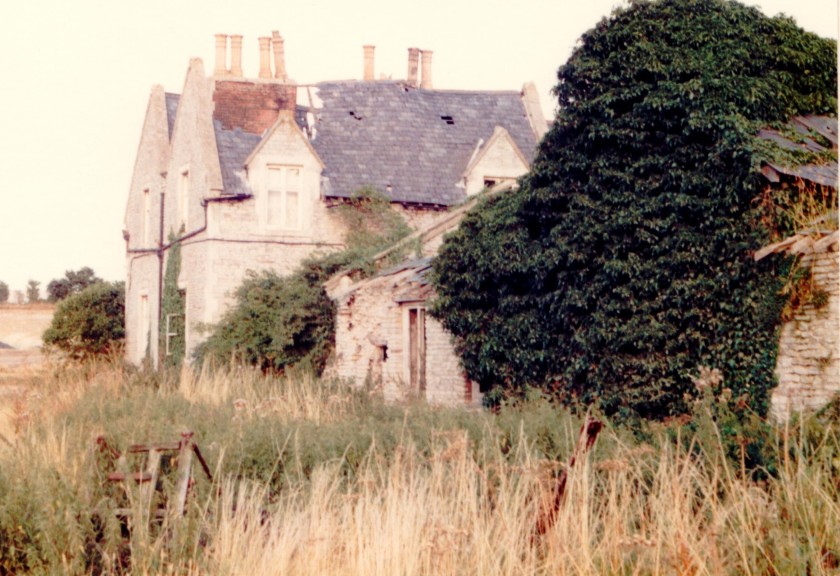
DAIRY AND DAIRY MAIDS COTTAGES
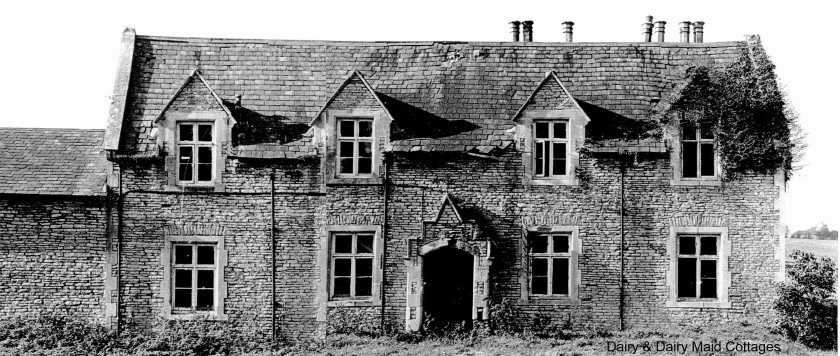
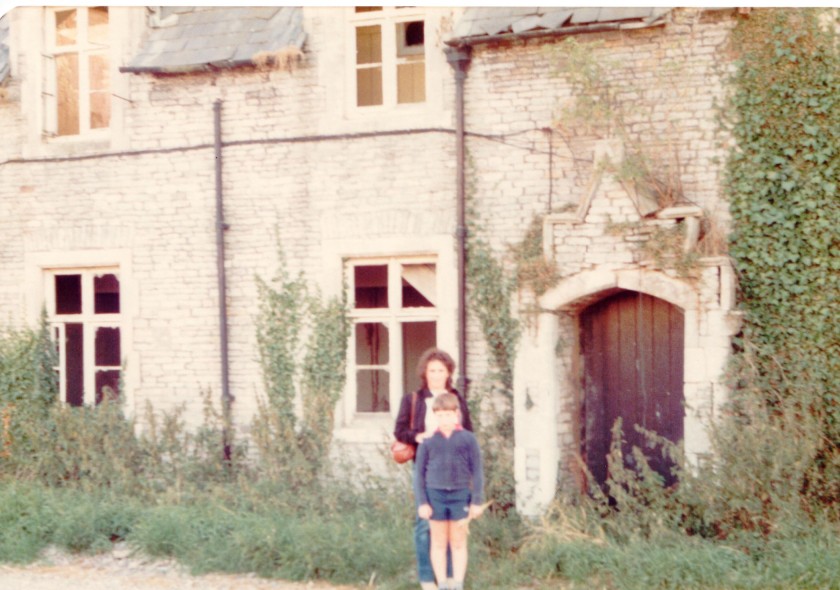
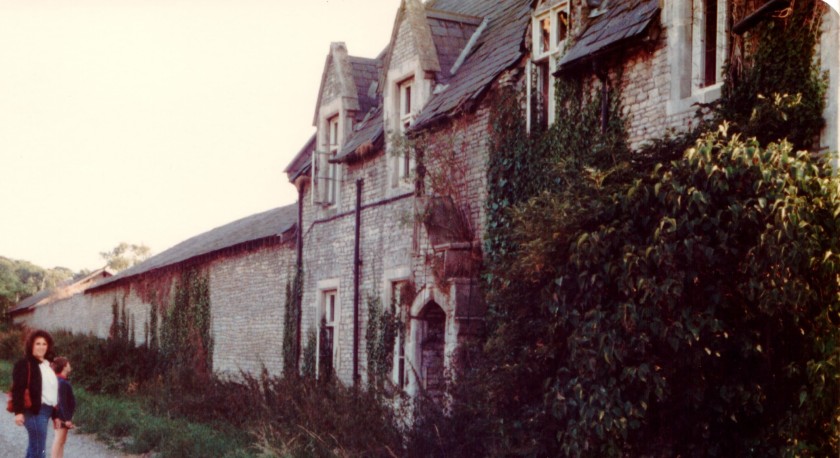
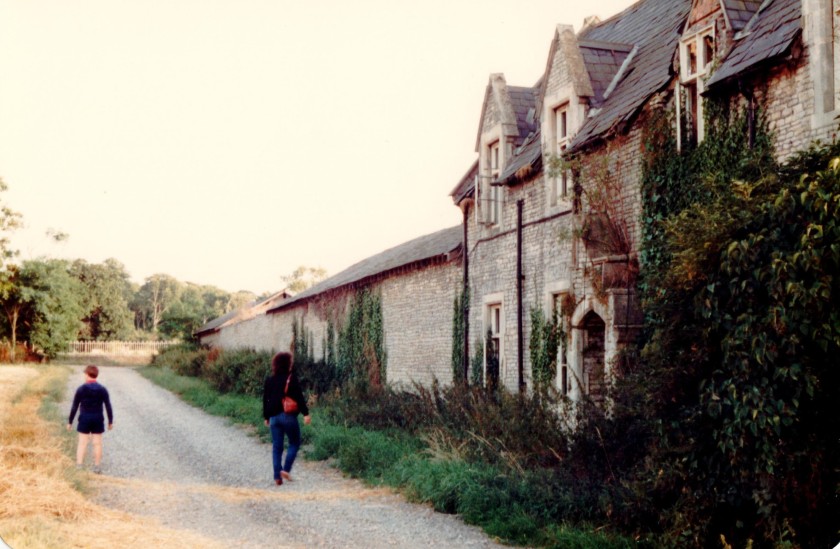
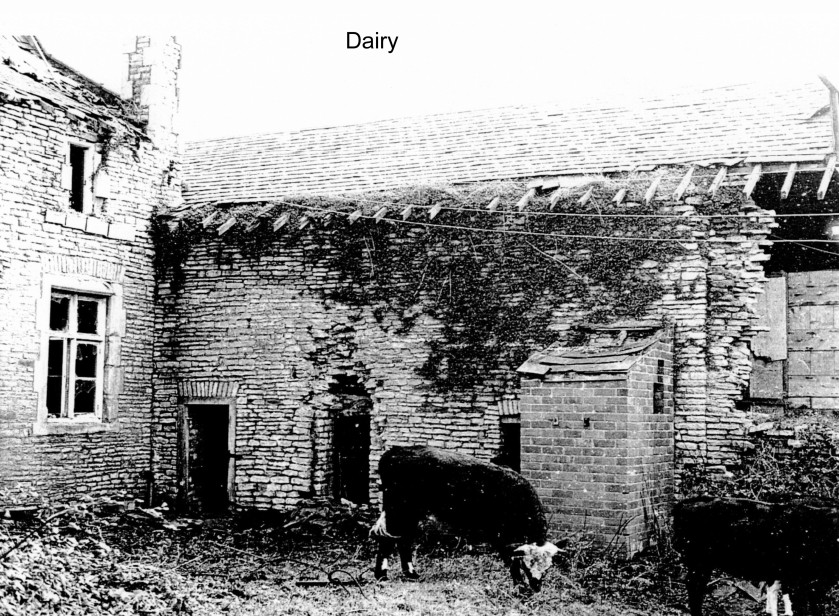
COWMAN’S COTTAGE
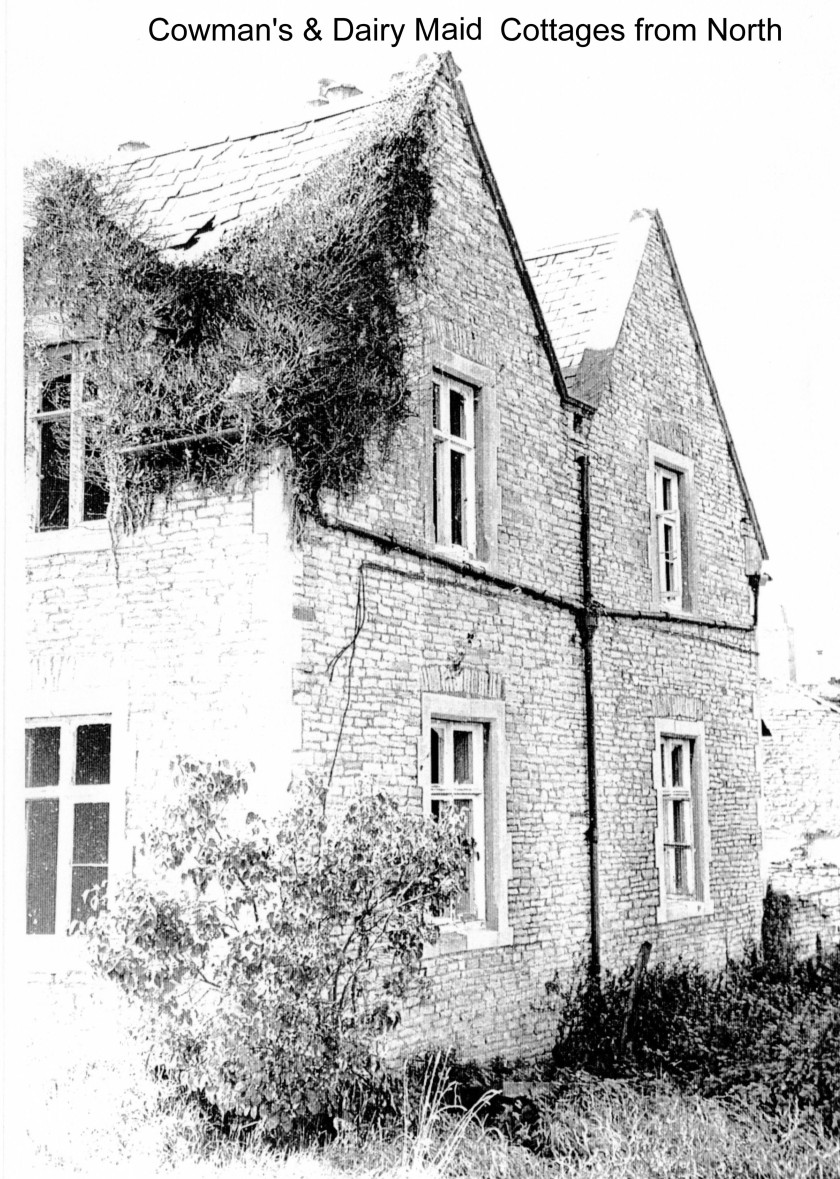
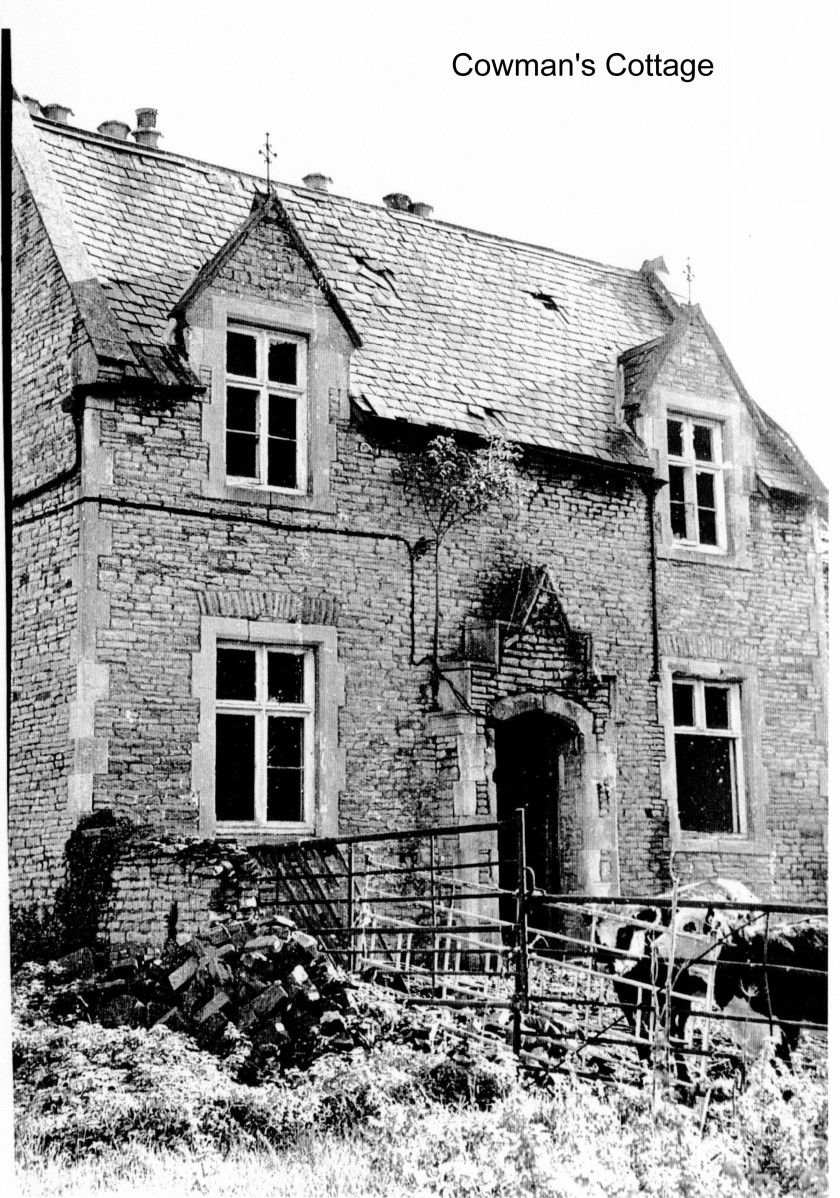
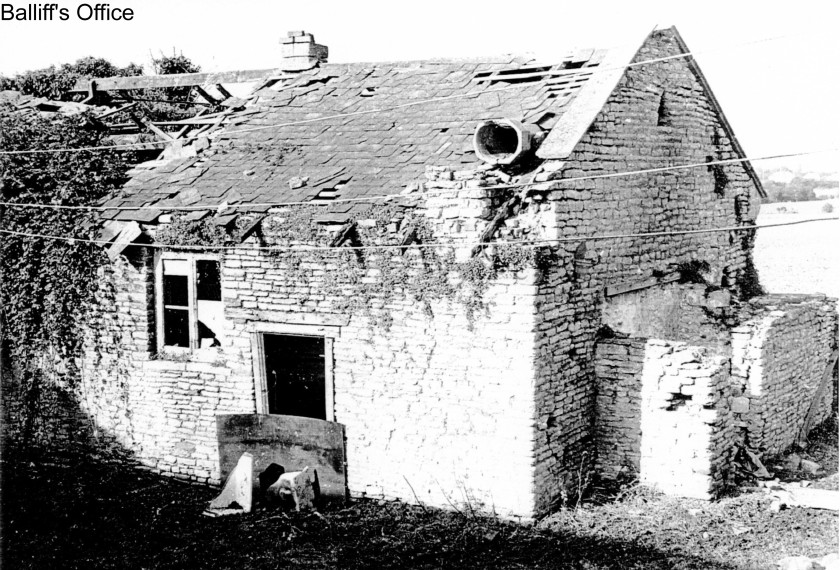
ENGINE HOUSE
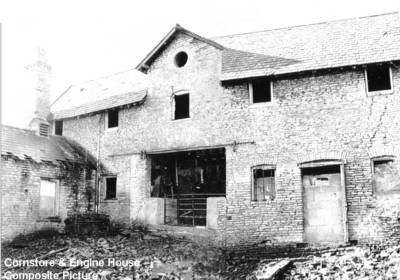
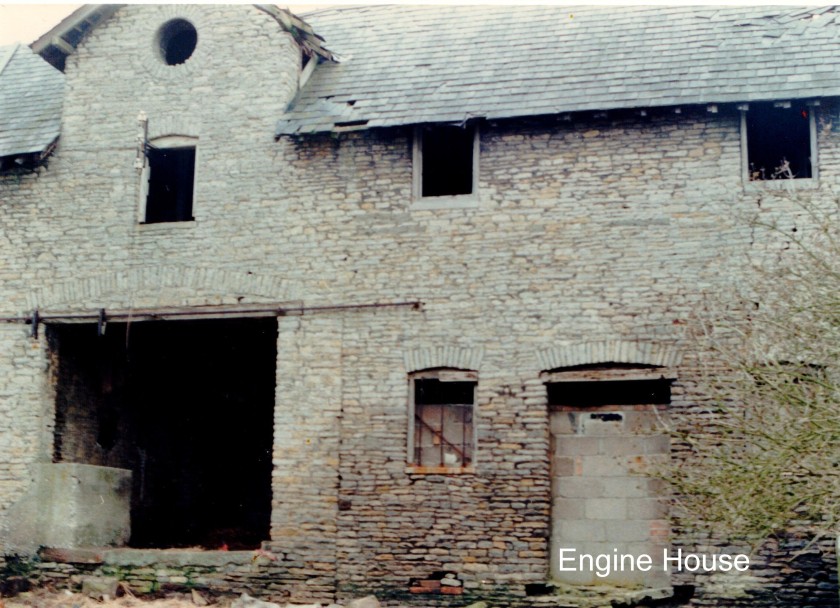
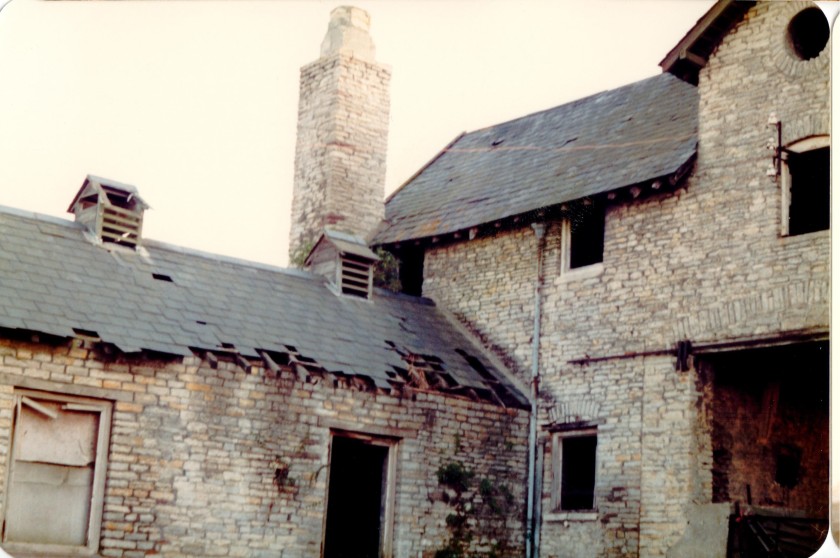
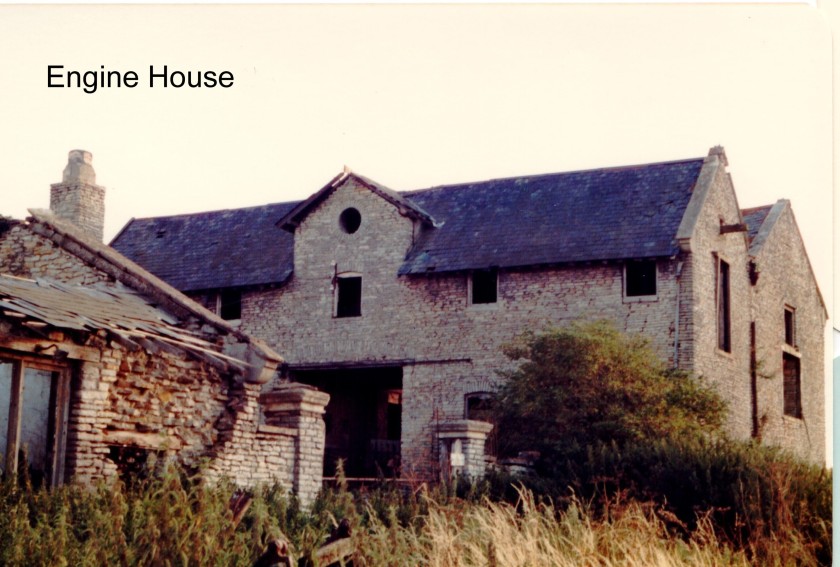
THE SCHOOL
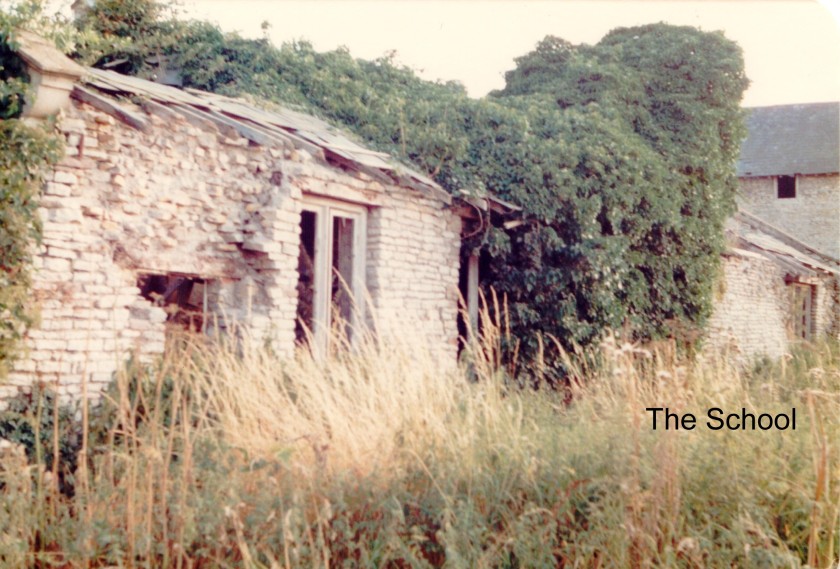
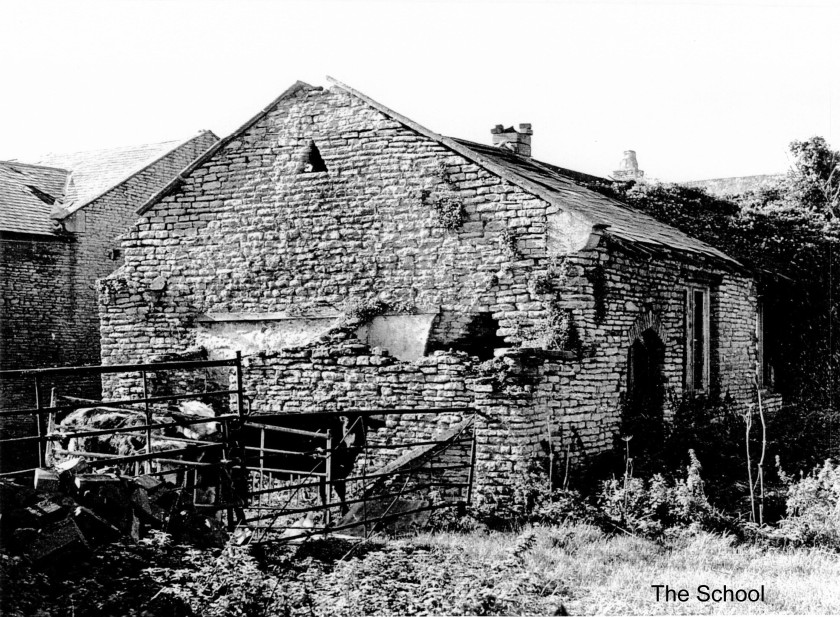
YARD 1
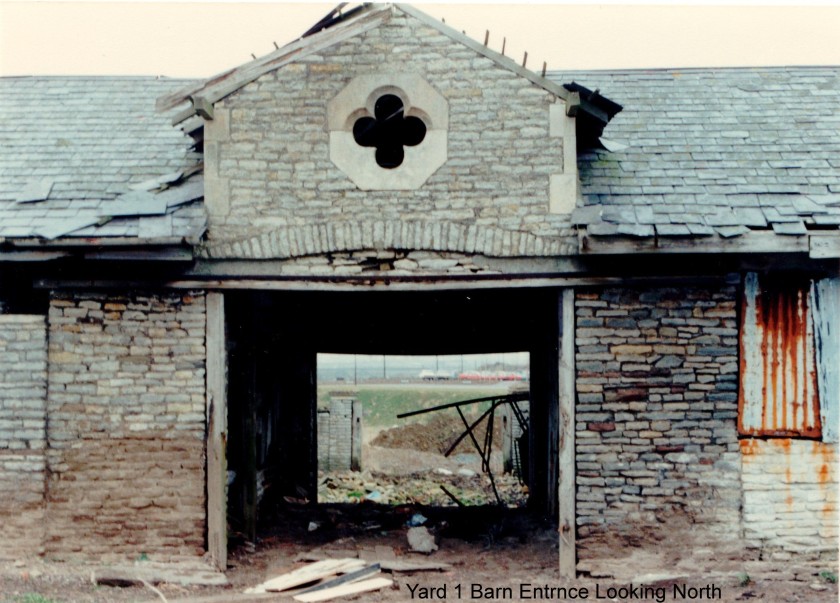
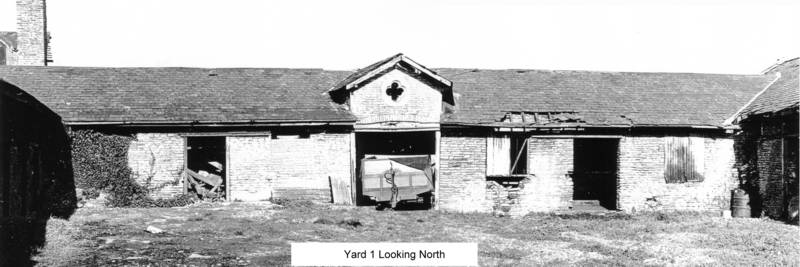
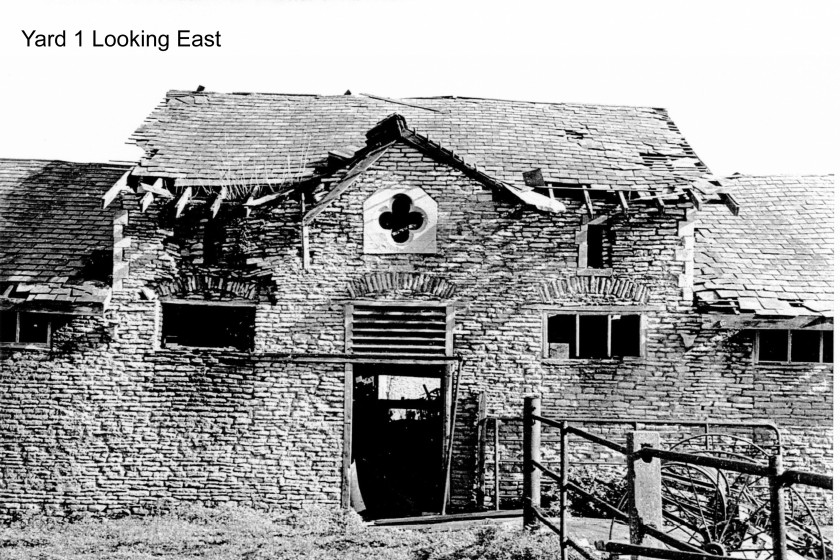
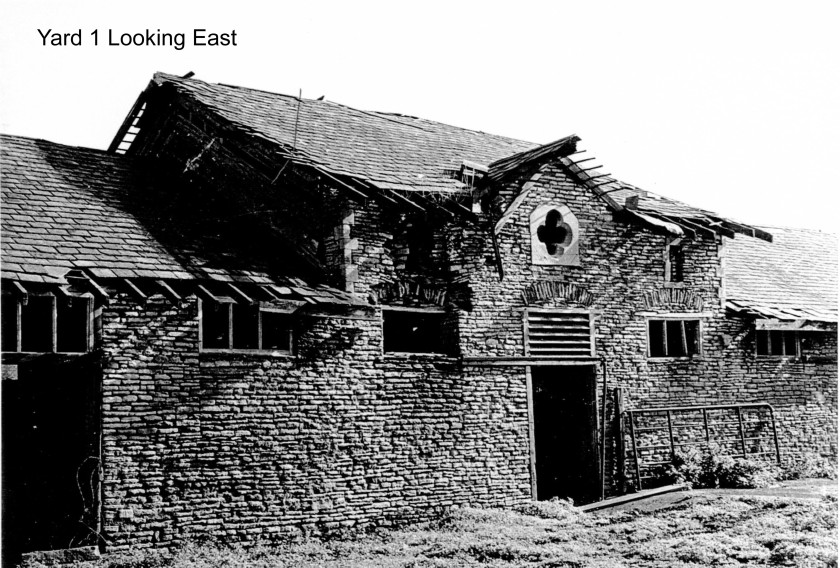
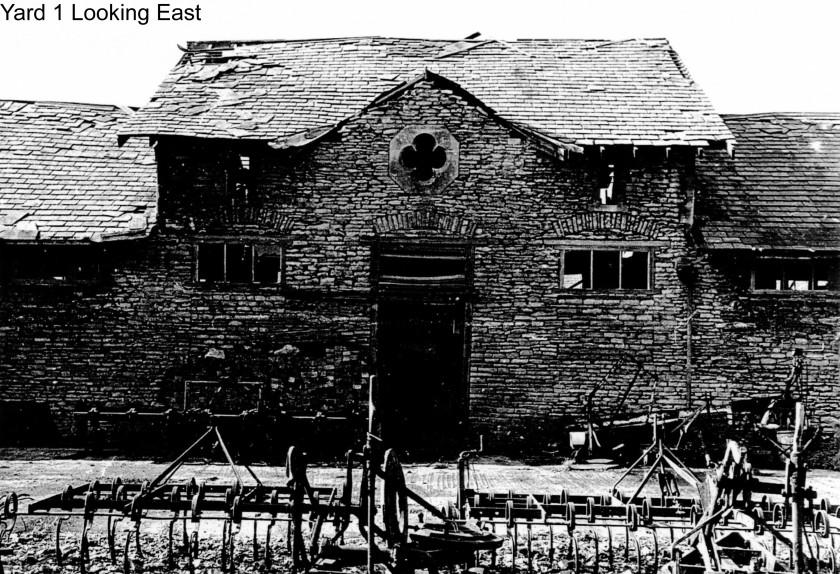
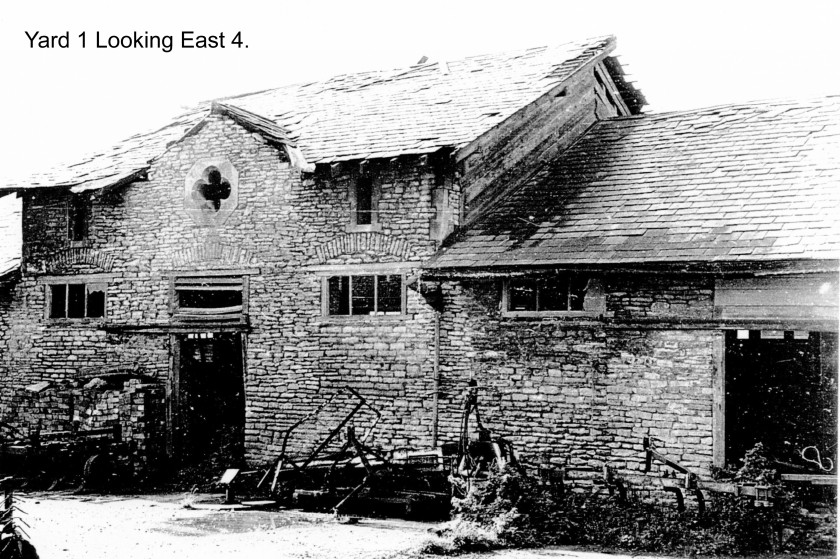
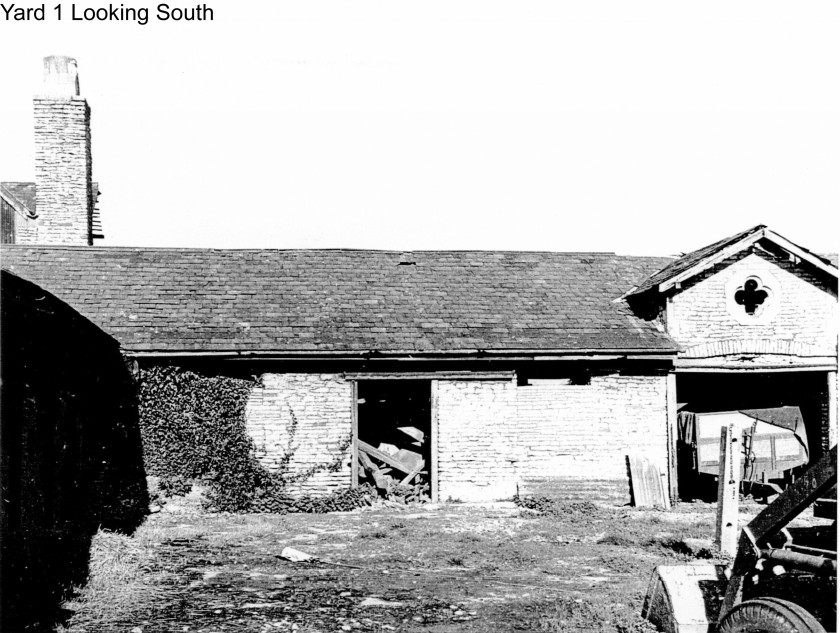
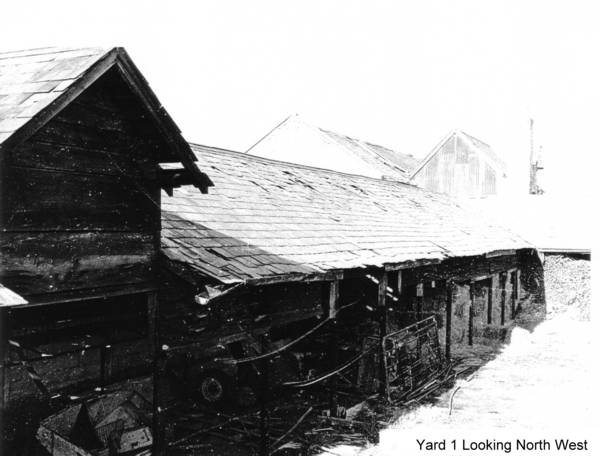
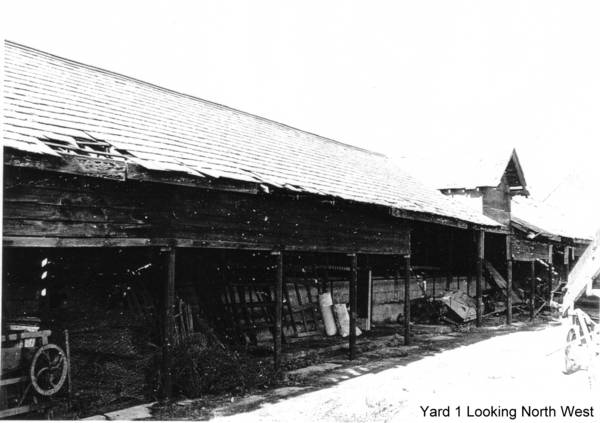
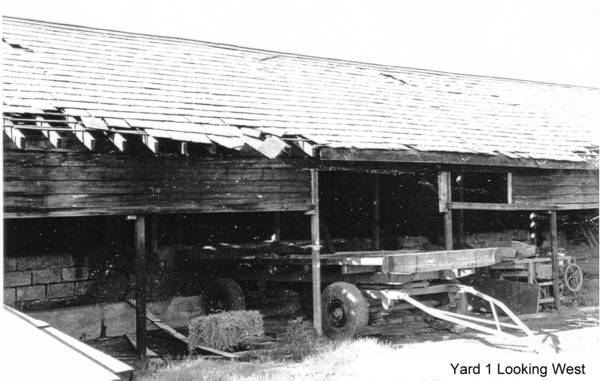
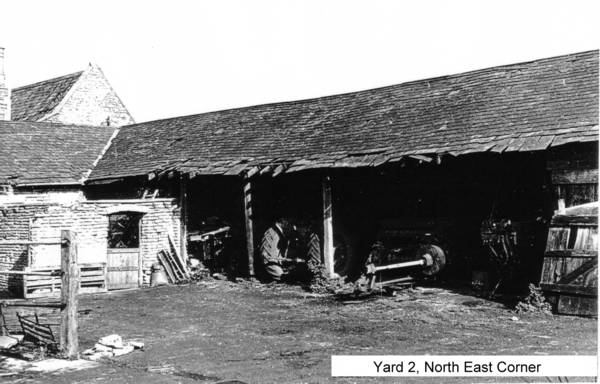
YARD 2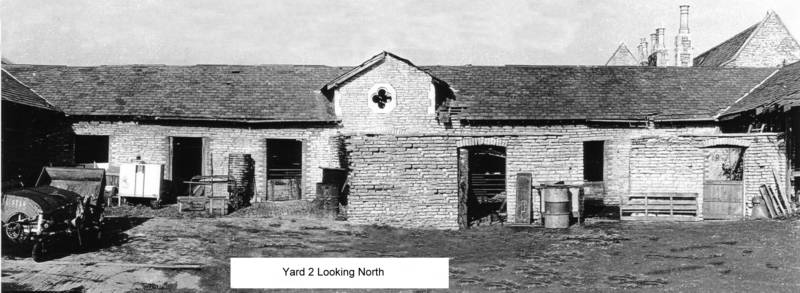
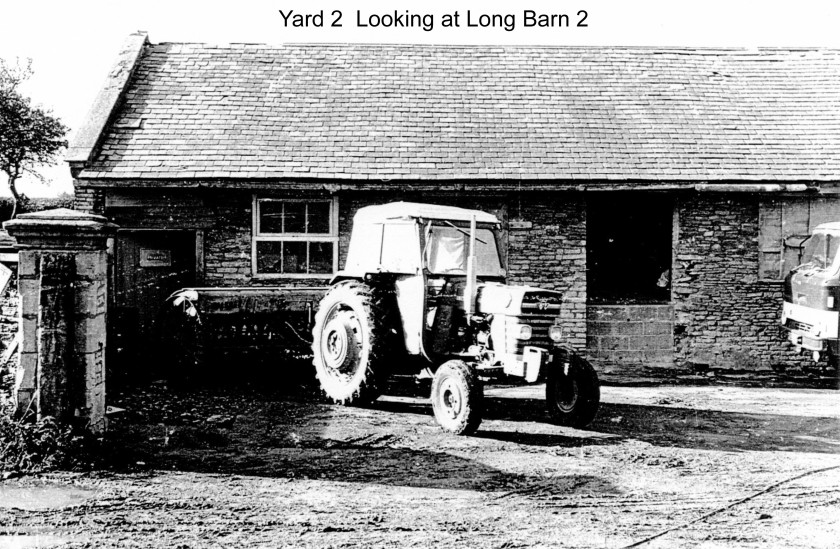
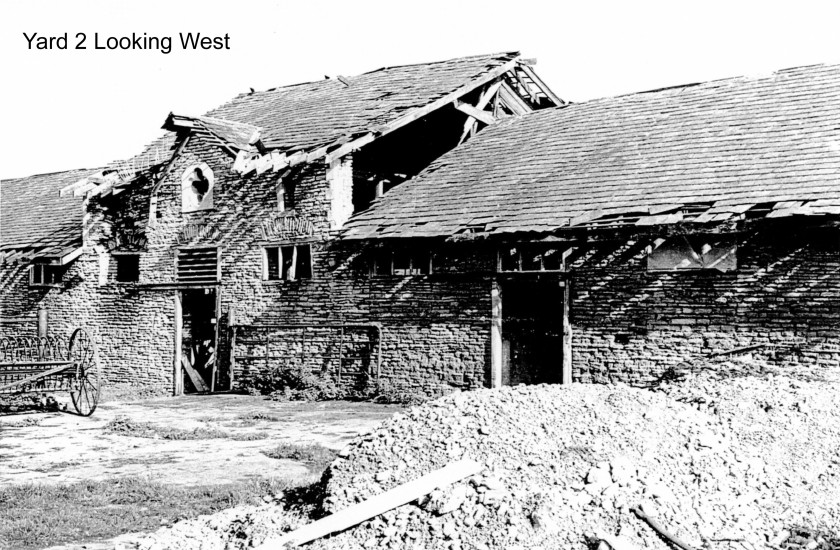
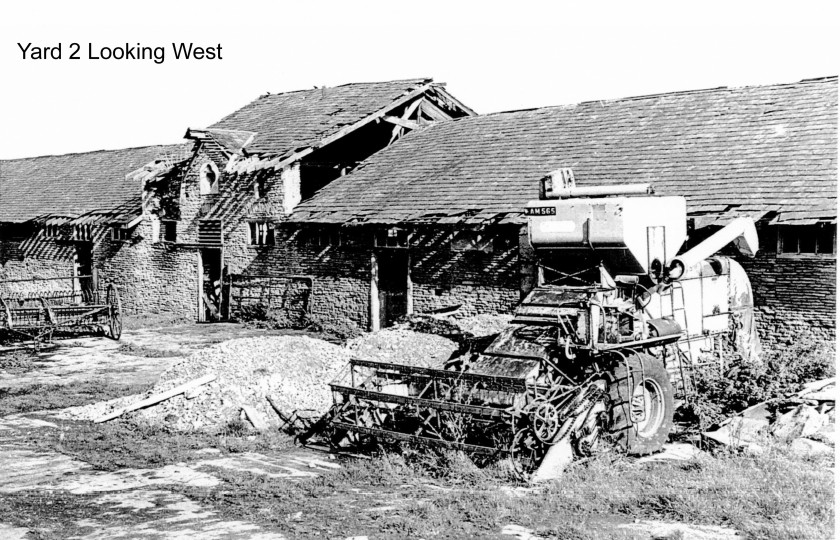
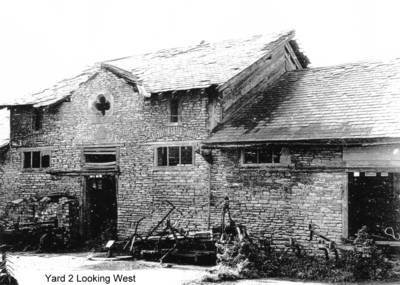
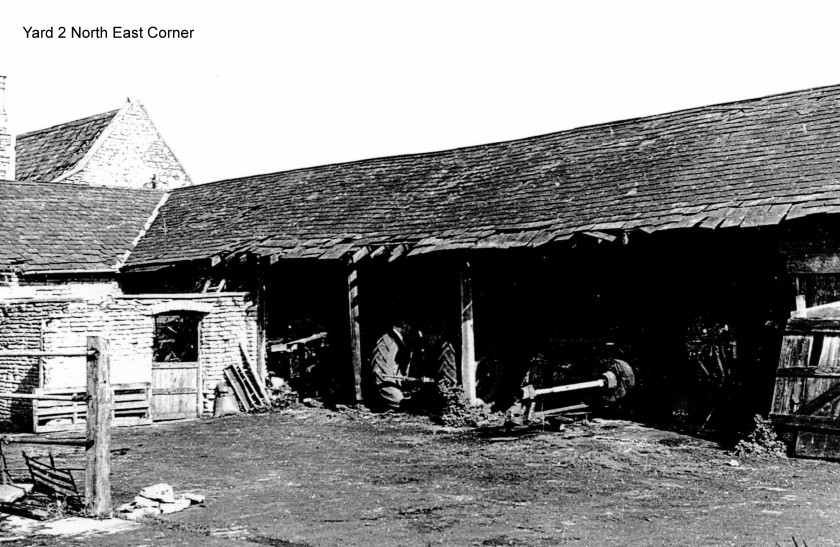
YARD 3
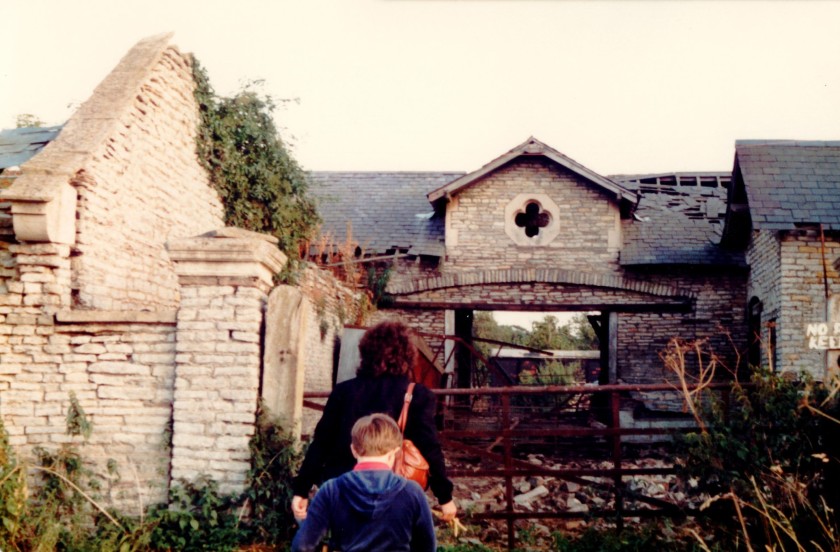
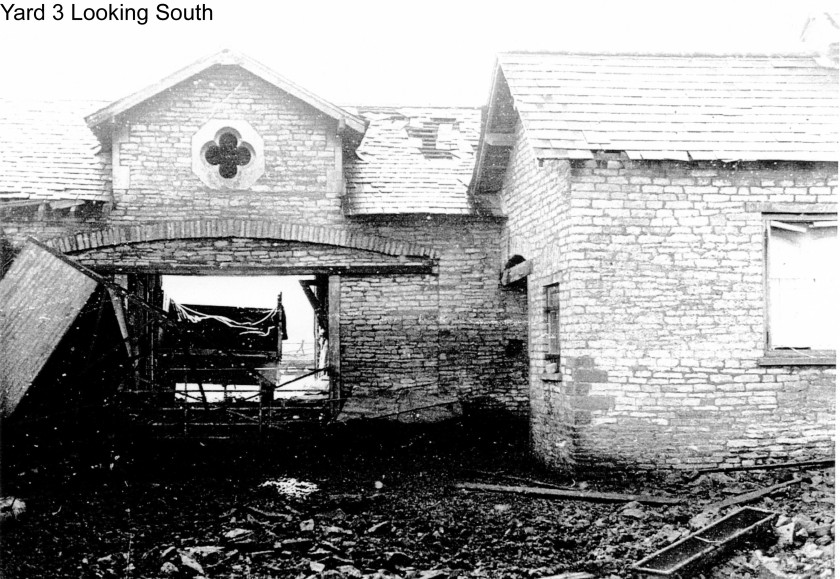
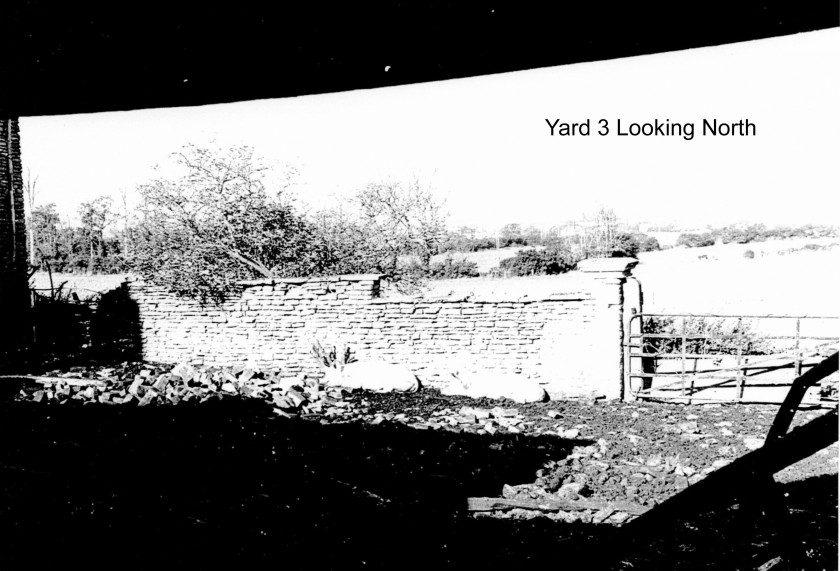
YARD 4
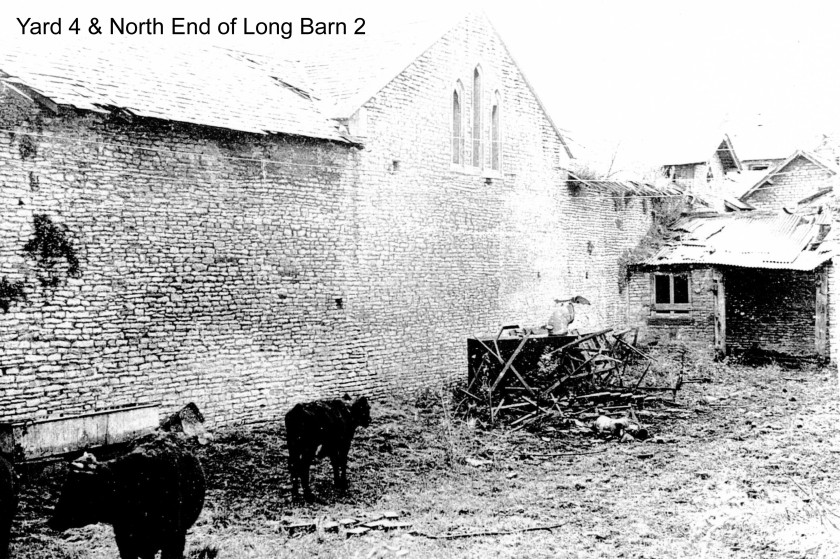
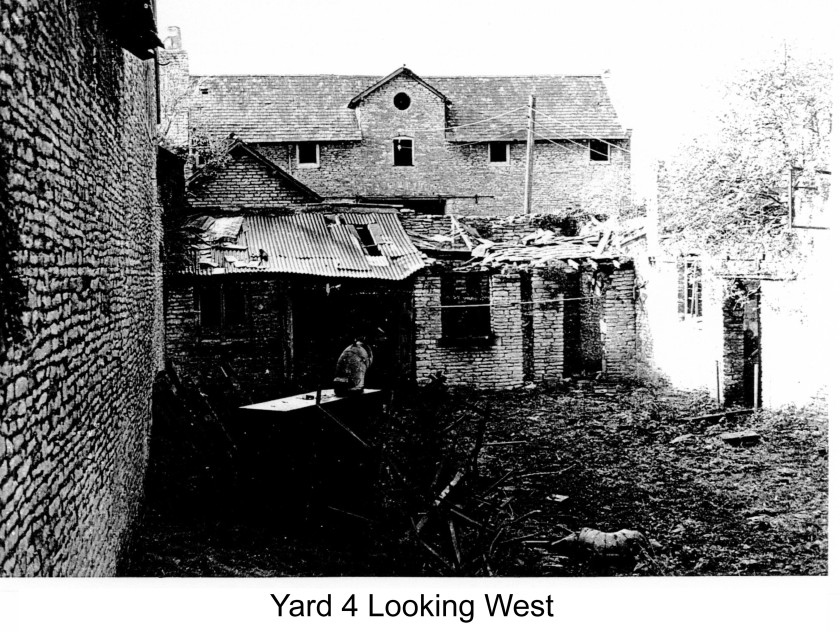
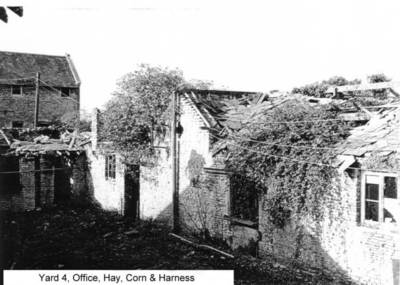
OTHER PHOTOS
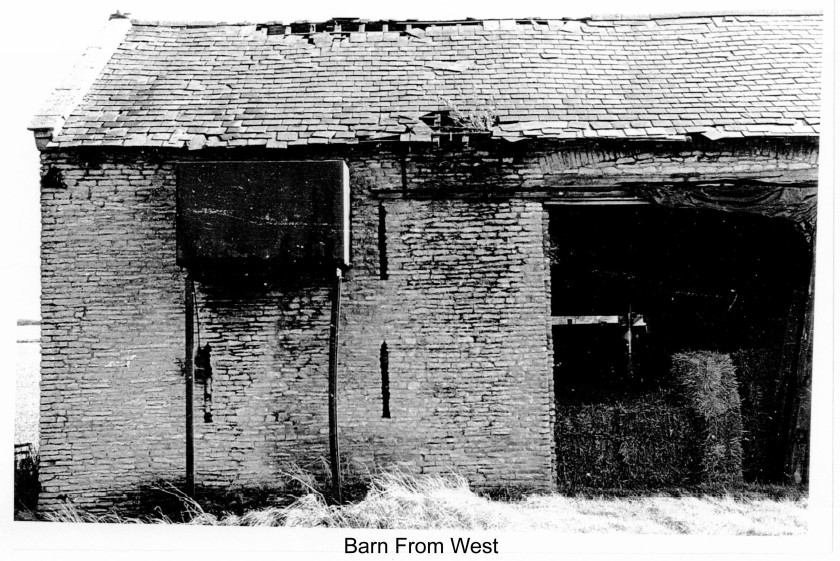
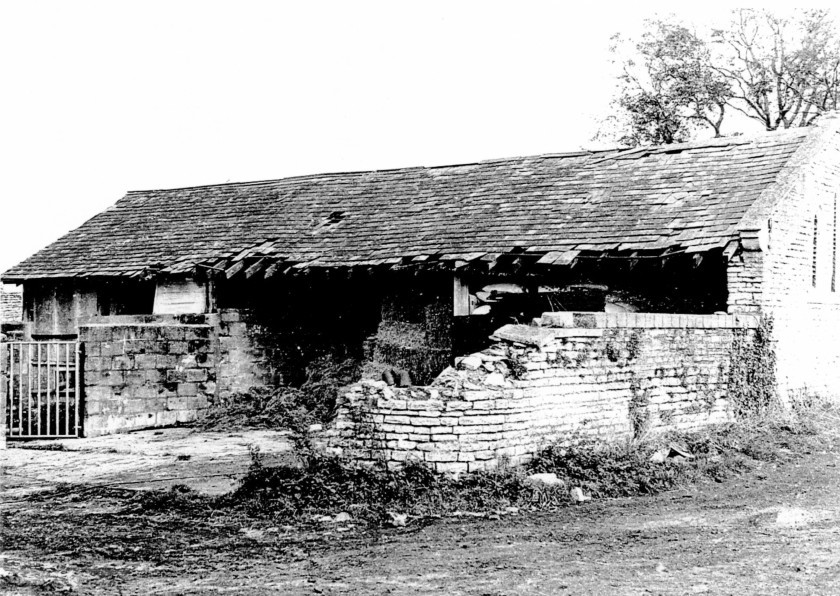
The reconstruction of the barns to serve modern needs but preserving the end features.

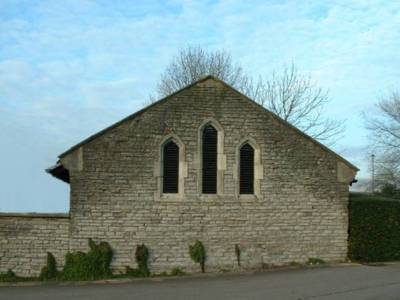
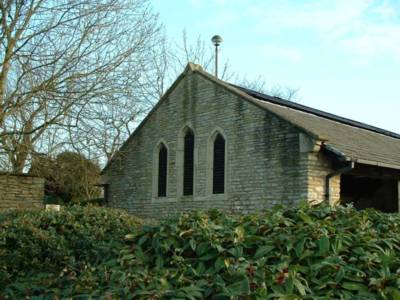
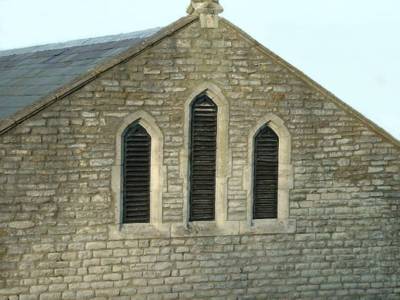
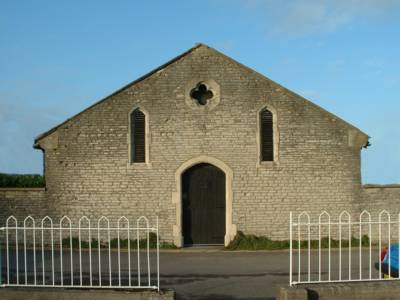
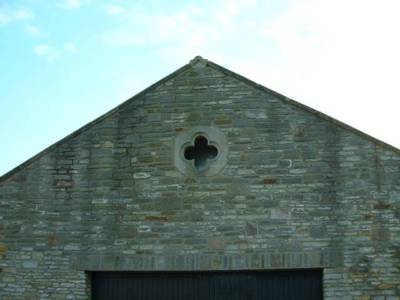
We are fortunate that Mr. Raymond Holland, a local historian, wrote some articles about Wallscourt Farm which were published in Fertilisers, Farming and Philanthropy – The Proctor Story CHEMISTRY & INDUSTRY, 3 July 1989 (Illustrated talk to SCI Bristol Section 23 March 1989) and in Fertilisers, Farming and Philanthropy – The Proctor Story BIAS JOURNAL, 22-1990 (Illustrated talk to BIAS members 21 September 1989). He also took some photographs of the railway lines and other farm equipment, before the buildings were demolished and he has made available his photographs of Wallscourt farm.
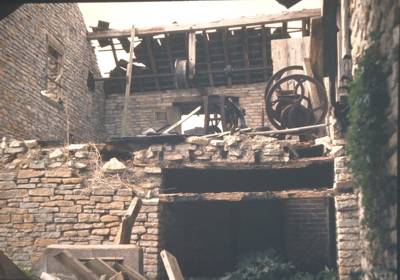
The chaff cutting machinery
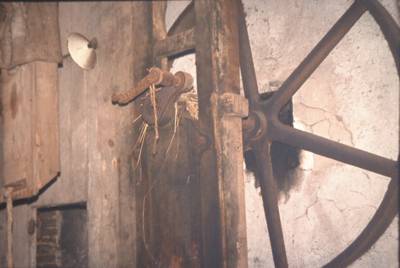
The Steam Engine flywheel in place
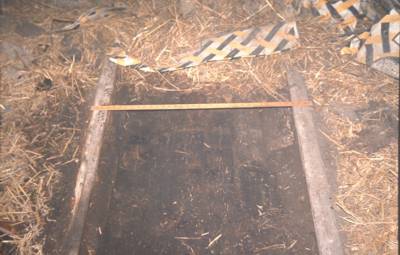
The railway showing the gauge to be 30 inches
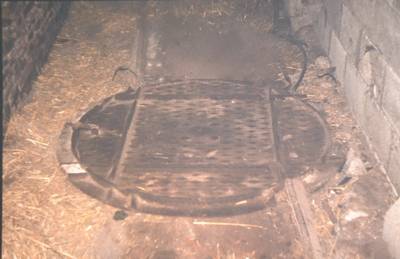
One of the railway turntables in place
The farmhouse, the remains of the farm buildings, and the artefacts in this museum, are all that remains of the original farm. However, there is sufficient to show the skill of the craftsmen that built them and the innovative far-sighted capabilities of Alderman Procter – the man who originally created Wallscourt farm.
Walls court Farm museum
Little remains to show the skill and foresight of Alderman Proctor, who transformed an area once locally known as ‘Starve All Farm’, into a highly productive model farm which continues to be known by the respected name.
This building, the Northgate Museum, originally formed part of the extensive ‘E’ shaped cattle sheds and out buildings throughout which the railway system was operated, using cast iron turntables at the intersections. Two of these turntables are displayed in this area, together with other reclaimed artifacts.
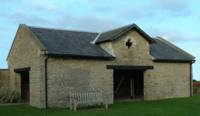
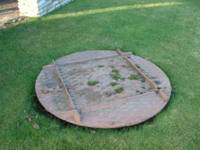
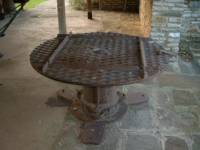
Walls court Farm steam engine flywheel
The large cast iron pulley wheel located in the centre of the building was the original flywheel driven by a single cylinder stationary steam engine. The piston can no longer be seen on the shaft of this wheel. Belts were used to transmit the power from one pulley wheel to another, with ‘dogtooth’ clutches to engage the various machines
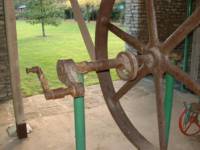
Walls court Farm conveyor
One such item of equipment was the grain conveyor which is displayed at an angle of 45 degrees in this building. A similar piece of equipment was used by Alderman Procter to raise chaff to overhead belt conveyors, and thence to the cattle housed within the farm buildings.
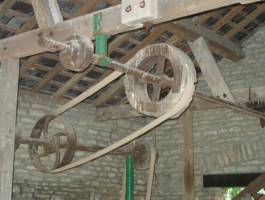
Pump
The water pump displayed in this building is a single action lift pump, probably made about 1870. It is made of brass, lead, bronze and wrought iron, with a laminated leather washer acting inside the brass lift chamber. Such a pump was capable of lifting water from considerable depths and discharging about two pints of water with each action of the lever.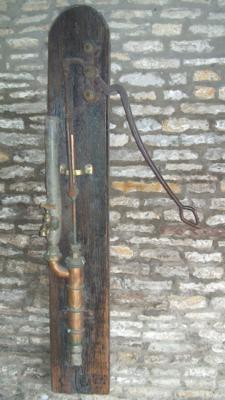
The plough displayed is a single horse type. It is finished in the colours traditionally employed on such equipment in this area. The design of this plough change very little over the years. The ploughshare on earlier models would most probably have been formed from apple wood. This material was used because of the clinging nature of the soil in this area, and the ability of apple wood to remain clean in operation, with long lasting qualities
